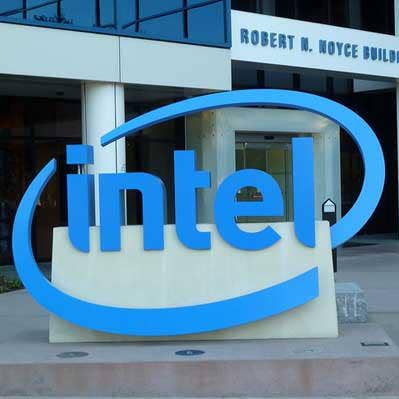COLUMN: Can Intel Regain The Dominance It Once Enjoyed?
The Channel Company’s Executive Chairman Robert Faletra wonders if Intel, still an incredible company with world-class products, can remain the biggest player in an increasingly-crowded semiconductor market.

My early days of covering high-tech as a journalist were focused on the semiconductor industry in the early 1980s. Back then I wrote for electronics purchasing managers sourcing components for major finished goods manufacturers like Compaq Computer, HP, Dell and others.
I spent days with my head spinning, talking to electrical engineers as they explained the nuances of nanotechnology design. I was writing for purchasing managers, talking to engineers and interacting with component distributors about acquisition lead times. It’s how I first came to be interested in the channel.
Intel back then was still making memory chips, and it was challenged in the market. Its history is fascinating. Born out of Fairchild Semiconductor in 1968 as a DRAM manufacturer, it was a huge story in 1985 when it conceded that business to Japanese competitors to focus on microprocessors.
Intel’s x86 architecture over time dominated the industry. That was not gained with a “field of dreams” approach. It had great technology, but so did its competitors. What it also had, however, was a take-no-prisoners culture and a willingness to innovate in ways outside its core competency of product engineering.
There have been two remarkably innovative marketing initiatives in the history of our industry that drove long-term dominance. One was Microsoft’s launch of the Office Suite in November 1990. At the time, Microsoft did not have the No. 1 word processor, spreadsheet or presentation software in the market. What it did have was a product in each category that was good enough. Bundling them at a price far lower than the cost of buying three best-in-class products from three different developers changed the game overnight.
Less than a year later, Intel realized it could influence its customers’ customers with marketing and by doing so drag computer manufacturers into a lucrative program of jointly advertising the Intel brand. The Intel Inside program, which funded PC maker advertising that touted the chipmaker’s processors, drove its brand with the ultimate consumer and pushed competitor brands to perceived second-class status.
By providing marketing dollar support to manufacturers that got more money to jointly advertise based on the amount of Intel processors they bought, the chipmaker created a game-changing program. It drove the market for more than 20 years.
During that time, Intel worked with channel partners who were building their own PCs, but the company also innovated with other channel programs and engagement. It fought on every battlefield and conceded none.
But it’s now 30 years later, and the world has changed. Intel, still an incredible company with world-class products, is competing in a completely different environment. Computing has changed with cloud infrastructure, handheld devices and a growing propensity for manufacturers like Apple to design their own CPU.
AMD is gaining in stature as well. Nvidia is a growing threat, and let’s not forget Qualcomm with its position powering handhelds, let alone Samsung.
Intel’s future is less secure today than it was 10 years ago. But is it less secure than it was in 1985? Is the chip brand powering the devices we use more agnostic today? If its customers are becoming vertically integrated, should Intel do the same and build more finished product? These questions need answering.
While there is no certainty of Intel’s future, don’t bet against it. The company’s culture is on its side as is its engineering expertise and maybe, just maybe, there is a marketing and channel program trick or two up its sleeve that can challenge the competition once again. Its brand is also widely recognized in the consumer space, and there may be a bigger play there.
BACKTALK: Make something happen. Robert Faletra is Executive Chairman of The Channel Company. You can contact him via email at [email protected].